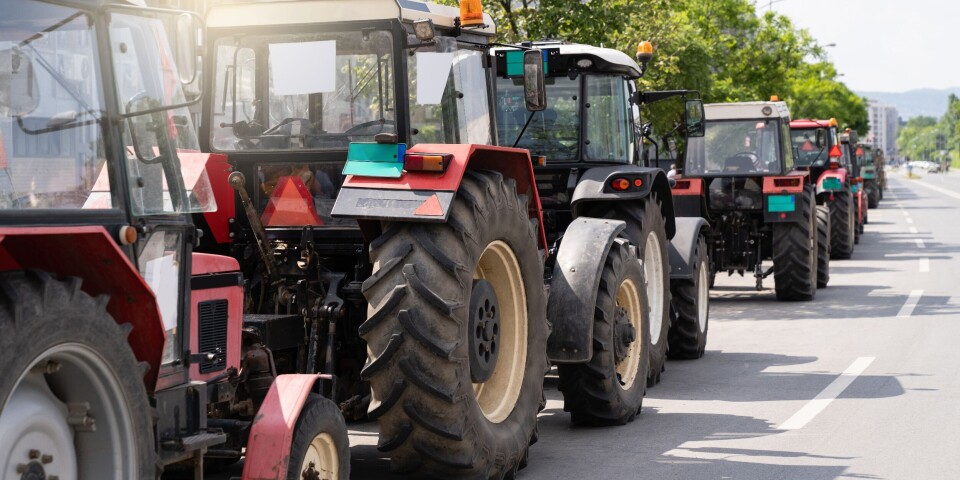How to protect your home in France against forest fires
Keeping gardens clear of undergrowth is important, and in several areas is a legal requirement
There are measures that reduce the risk of your home being impacted by a forest fire
Paulo M. F. Pires/Shutterstock
Three major forest fires in the last week in the Aude department signals that the season of violent summer blazes has returned to France.
Dry, hot weather in summer months, combined with strong winds and dried out soil provide ideal conditions for fires to quickly spread.
In turn, residents in the south of France may feel concerned about the risk of a fire near their homes.
While you cannot stop a fire from happening near you, there are several actions you can take to reduce the risk of your home being impacted.
Stay informed of local conditions
Keeping up to date with conditions in your area is important to pre-empt any issues.
State forecaster Météo France issues a daily bulletin showing the risk of forest fires in each department, based on meteorological conditions.
Alerts follow the same pattern as for weather (green, yellow, orange, or red alerts in ascending order of risk), and help show officials and members of the public where blazes are likely to happen.
In addition, local authorities in the south will announce the closure of certain forests or areas to members of the public, if they feel there is an increased risk of fire.
They may also implement rules on carrying out works in certain areas.
All information can usually be found on the ‘communiqué’ section of the department website, or on the ‘Actions de l'État’ section (click on the Agriculture et forêt - Forêt - Prévention des forêts contre les incendies buttons).
You can use this information to keep track of local conditions near your property.
Clear undergrowth in garden
In 43 departments, mostly in the south, débroussaillage (the clearing of undergrowth) is required by law to reduce the risk of forest fire.
This means property owners and tenants need to clear land within 50 metres (sometimes more) of buildings from natural debris, such as branches and dead leaves.
Areas along roads must also be cleared by at least 10 metres on either side.
In some cases, this may overlap into neighbouring properties, but the undergrowth must still be cleared by you (with permission to cross the property boundary) or by the other resident/owner.
Clearing undergrowth reduces the amount of flammable material that could run along a fire’s path, making blazes less powerful and less likely to expand rapidly.
It also allows firefighters to tackle blazes more easily without risk of getting caught in the undergrowth.
According to the government, around 90% of properties destroyed in forest fires have not had nearby land correctly cleared of undergrowth.
Note that this is usually carried out in the spring, and should have been completed by July 1 (although realistically it should be done before this as a best practice).
Those who are yet to clean up undergrowth risk hefty penalties after this date.
Full rules relating to undergrowth clearance can be found here.
Store equipment and materials safely
Finally, you should ensure that any potentially flammable materials are safely stored away.
This includes combustible materials such as gas cylinders (even if you believe them to be empty) and firewood.
They should not be left on the exterior of your property, and especially should not be leaning up or adjacent to the walls of your home.
For second homes, or in cases where you are going to be away from your property for an extended period, clearing away outside furniture is important, as it can be highly flammable.
This includes chairs, tables, etc, as well as tarpaulin and wooden tools.
You should also consider the materials used in your property. For example, wooden shutters are more fire-resistant than plastic ones and can help prevent fires from spreading.
Natural disaster (catastrophe naturelle) insurance does not cover cases of damage by forest fire, which comes under fire insurance clauses.





























